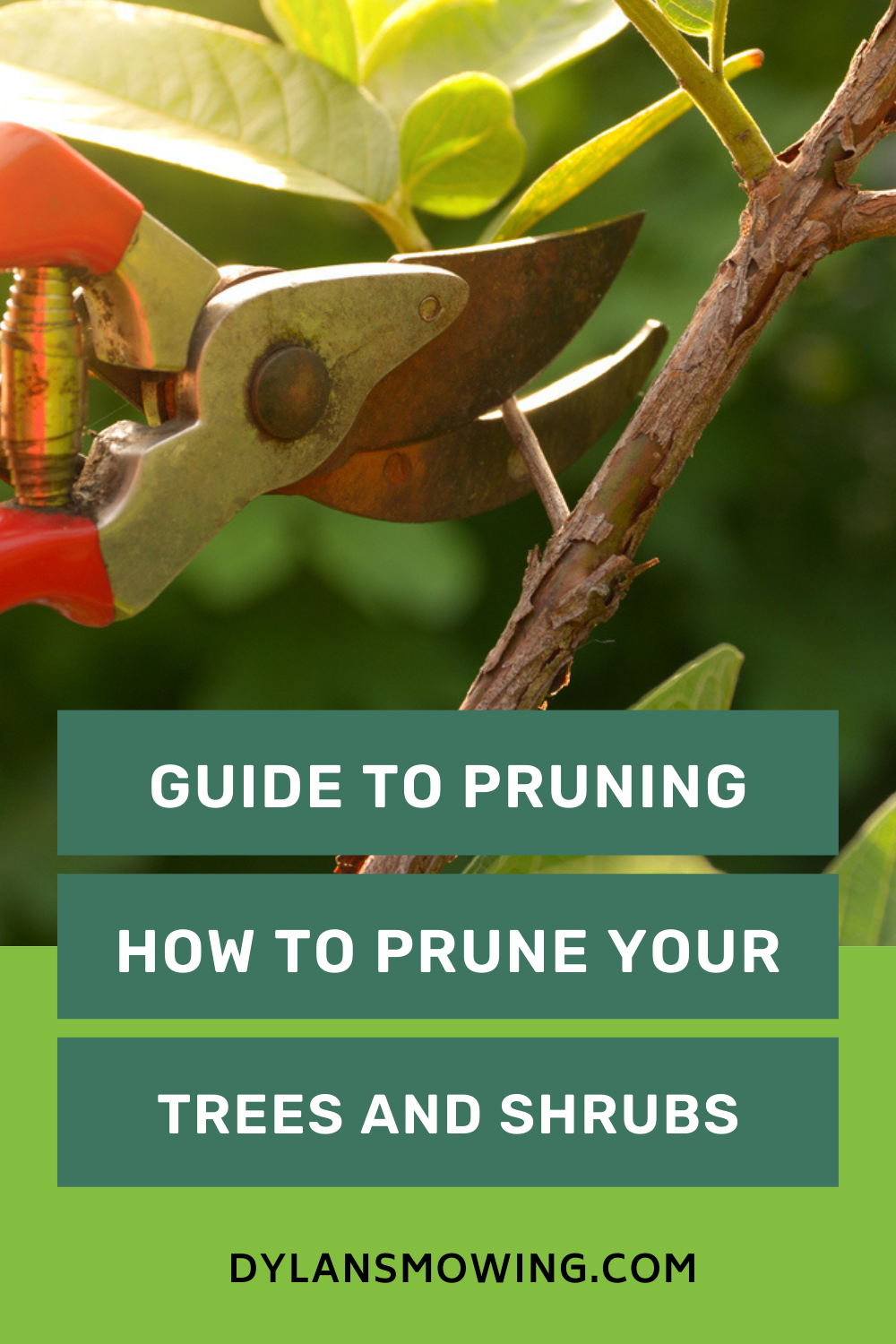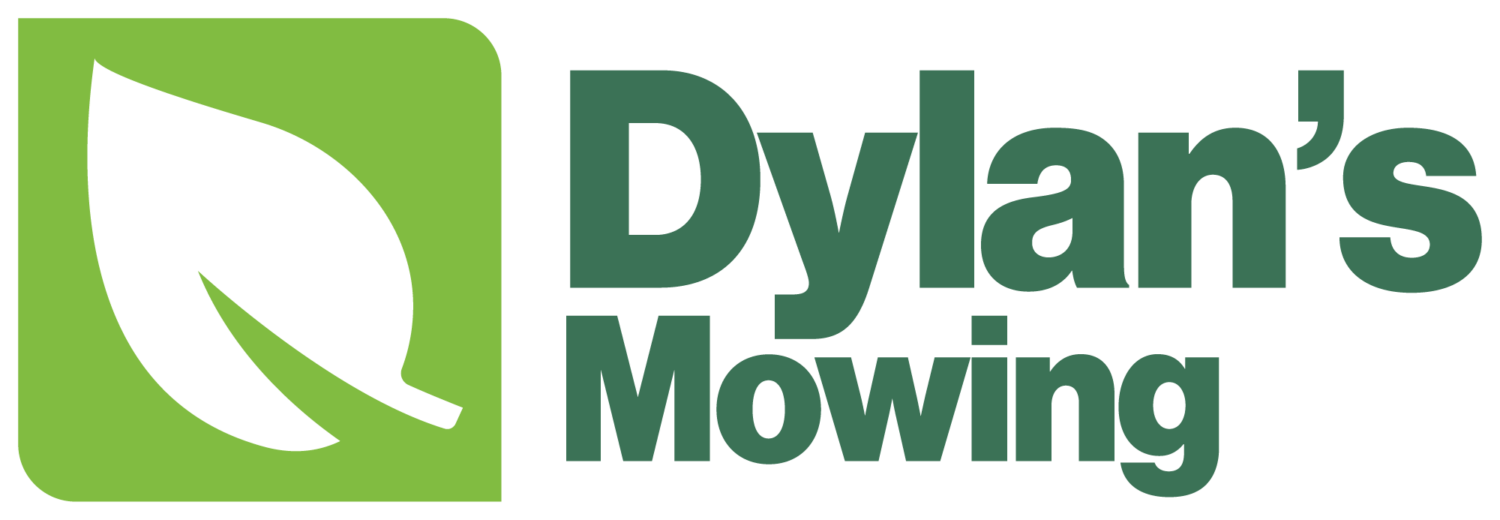Pruning is a great way to promote new growth in your plants and fruit trees and can help turn your unkept trees into something neat and even eye-catching. It can help to allow more light into your garden where other plants may be overshadowed by overgrown trees. It can even help to sustain flowering and fruiting when done at the right time. Let’s look at some of the basics to pruning.

Shears to that
Choosing the right tools is always important when undertaking a task. The same applies to pruning. It is always recommended to go with a high-quality, ergonomic pruning shear – and it will last you a lot longer than the cheaper alternatives. There are two types of pruning shears – bypass and anvil. Bypass shears are usually curved and pass by each other, whereas anvil shears have on straight blade and act more like an axe hitting an anvil. Anvil shears tend to be better for “crushing” wood and branches, and bypass are great for finer, clean cuts. Choosing the size of pruning shears is also important. When pruning fruit trees and shrubs, a comfortable bypass shear is ideal and will help to prevent fatigue when undertaking a larger job.
Keep it clean
Pruning can potentially spread diseases if your shears are not routinely washed and clean. It’s always important to clean and maintain your pruning shears, and it will help to keep them sharper for longer. This is also incredibly important when dealing with delicate plants such as orchids, or even orchard trees such as pears and apples. Tea tree oil, methylated spirits and hospital grade disinfectants are great to help clean ad disinfect the pruning shear blades.
Above the node and beyond
A plant node is the location where the stalk of each leaf or new growth joins the stem of the plant. Pruning the stem just above the node will encourage your plants and trees to sprout fresh new shoots. Make sure you don’t prune too close to the node – give it a little bit of space to prevent the possibility of damage. Tip-pruning is another way to help your trees and plants to become denser and promote growth. This is involves removing the end of each shoot, which can also be done with your thumb and finger. This will encourage more shoots to grow from each point you tip-prune.
Angle and location
Another important factor to consider when pruning above the node is what angle is best to encourage new growth. Make sure the cut is slanted away from the bud or new stem, and is also at the same angle that the bud or new stem is pointing. This helps to prevent damage and will also help to mitigate water from accruing and potentially cause rot or damage to the freshly snipped area.
When to prune
To sustain fruiting and flowering of your shrubs and fruit trees, the ideal time for this is generally after they fruit or flower. This will allow the maximum amount of time for your fruit tree or plant to grow before the following flowering season. Removing any dead or malformed parts of the plant will also help to sustain a healthy plant and will encourage new growth when you prune about the plant node.
Thinning the herd
Another great example of pruning working wonders on your plants is when you thin out plants or trees that have lots of shoots that are either rubbing, winding around or generally impeding other more dominant shoots or branches. This will help to create air and space around your plant, and help to prevent bark being removed from constant rubbing, and even infection that can occur when branches are pushing against each other and causing stress to the plant. Removing the weaker and thinner stems while leaving the stronger ones will help to channel energy into the stronger stems of your plants, helping to create a much stronger and healthier plant.
Pruning can be a rewarding process in your garden and can bring life and bloom to your plants and trees. Remember to keep an eye on any plants or trees that may have a few branches or stems that look a bit deshelled or even dead – giving them the snip will stop any unnecessary energy from the plant being channelled into that part, and will be reserved for the parts of the plant that really need it.






